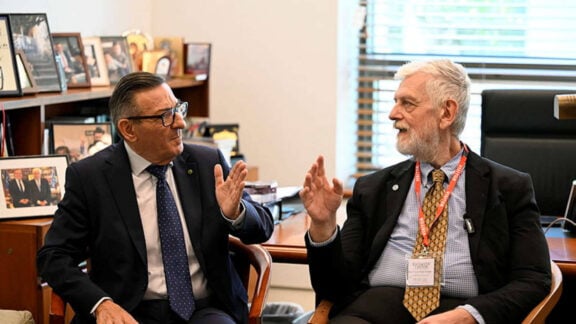A eureka moment that seems full of promise but gradually solidifies into a dead end, runs through one of the stories in Killing and Dying, Adrian Tomine’s brilliant collection of illustrated stories.
The path towards the story’s resolution moves along some toe-curling disappointments, and will resonate with anyone who has ever immersed themselves into an impossible project as others look on with biblical patience. The light, however, at the end of the tunnel is not the oncoming train, but a soothing reconciliation. As with every other story in the collection, ‘A Brief History of the Art Form Known as ‘Hortisculpture” proceeds with flawless economy of dialogue and beautiful illustrations. This in part explains why the book has drawn praise from across the great genre divide.
Tomine brings to life character traits and turns of phrase with a gentle melancholy, laidback wit and intelligence that capture the ebb and flow of everyday malaise. Some of the characters’ internal monologues eventually become acts of resoluteness or remain voice-overs from the shadowy sidelines. But there is also an undercurrent of gentleness in the dialogues, even when the words are a mere trickle and affection surfaces through the pauses in the conversation.
‘Translated, from the Japanese’, another story in the collection, unfolds through an internal monologue that is all the more poignant because of its omissions. At one point, the main character’s almost wistful thoughts appear against the background of a mesmerising cityscape.
The book is a darkly humorous commentary on those aspects of everyday life that slip into entropy as plans are made, futures are discussed and people attempt to connect or reconnect with their lives and each other. Tomalin, a master illustrator and storyteller, has a sharp eye for the details that lie in plain sight but are so often in the periphery of our concerns. This does not only include meticulously observed turns of phrase, but also pictorial detail: the comb-overs of benign middle-age heads, random features of an airplane restroom as seen through the eyes of an anxious traveller, the characteristic slump of people immersed in mobile phone conversation. All the big themes are there, alive between word and drawing, and often in the spaces between the panels.
Each story is a play on the idea that the opposing forces in people’s lives come forth not as collisions but as a convergence of undercurrents.









